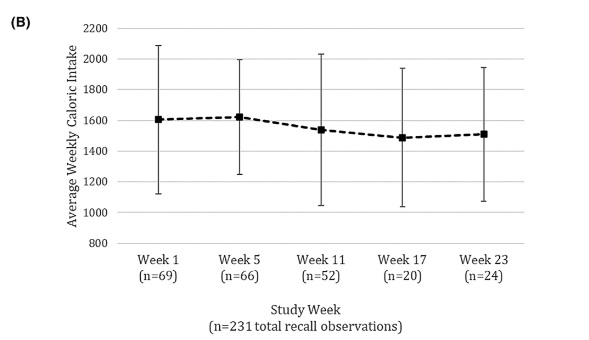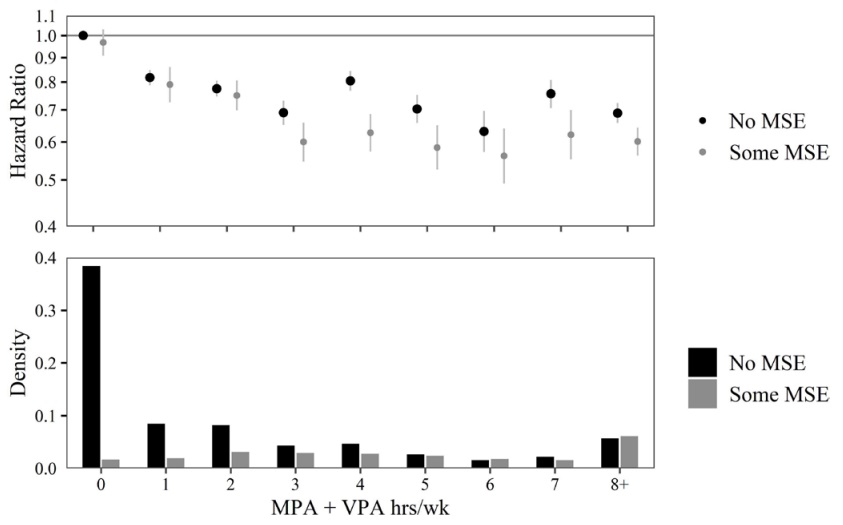
This one found that although post-exercise muscle protein synthesis rates do not differ, ingestion of raw, as opposed to boiled, eggs attenuates the postprandial rise in circulating essential amino acid concentrations in healthy young men.
- Ingestion of 30 g protein provided as 5 eggs increased circulating plasma essential amino acid concentrations, with a greater rise in circulating amino acids following the ingestion of 5 boiled compared with 5 unboiled, raw eggs. 



- Despite the more pronounced rise in postprandial plasma amino acid responses after the ingestion of boiled versus raw eggs, no statistically significant differences in postprandial myofibrillar protein synthesis rates throughout 5 hours of post-exercise recovery were observed. 

Raw Eggs to Support Post-Exercise Recovery in Healthy Young Men: Did Rocky Get It Right or Wrong? (open access)
doi.org/10.1093/jn/nxa…
#nutrition #diet #protein #exercise #GymLife #GymTime #muscle #strength #lift #GetStrong #hypertrophy #gainz #gains
doi.org/10.1093/jn/nxa…
#nutrition #diet #protein #exercise #GymLife #GymTime #muscle #strength #lift #GetStrong #hypertrophy #gainz #gains
• • •
Missing some Tweet in this thread? You can try to
force a refresh










